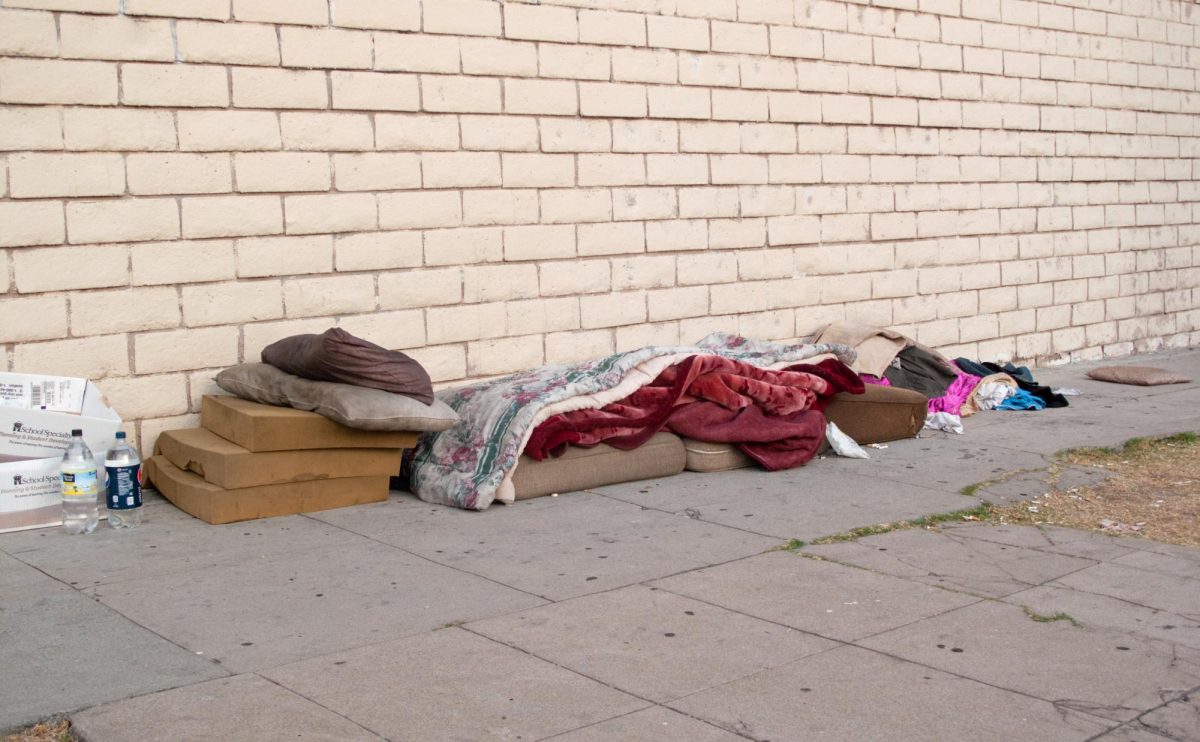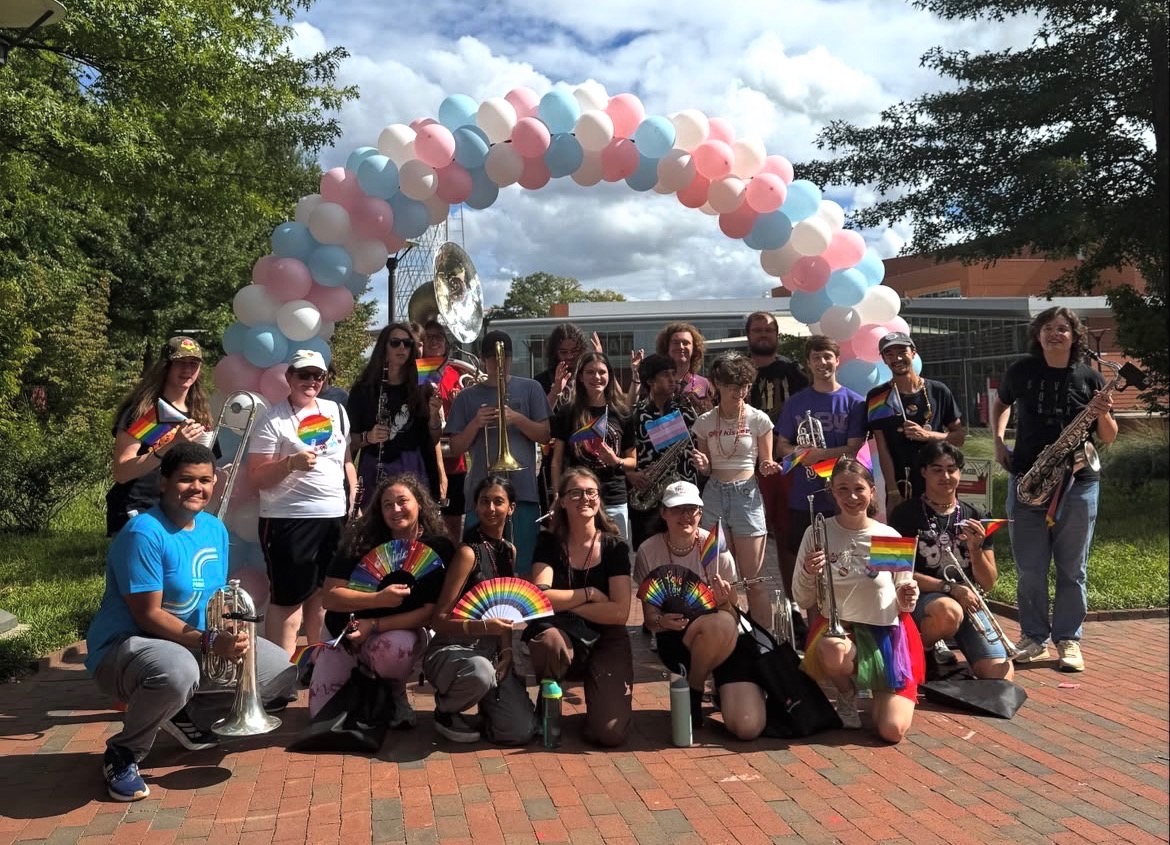Homelessness in the U.S. rose 18.1% overall from 2023 to 2024, per a report released by the Department of Housing and Urban Development (HUD) on Friday, Dec. 27.
This statistic is not only heartbreaking but record-breaking as well, as “the number of people experiencing homelessness on a single night in 2024 was the highest ever recorded,” according to HUD.
Most of the individual categories recorded by the department also reached record levels.
“Homelessness among people in families with children, individuals, individuals with chronic patterns of homelessness, people staying in unsheltered locations, people staying in sheltered locations, and unaccompanied youth all reached the highest recorded numbers in 2024.”
Families with children saw the largest increase in homelessness of any category, with 39% more of these people experiencing homelessness from 2023 to 2024.
Additionally, “nearly 150,000 children experienced homelessness on a single night in 2024, reflecting a 33 percent increase (or 32,618 more children) over 2023.” The increase in homelessness among people under age 18 was the largest of any age group.
For adults, “about one in every five people experiencing homelessness on a single night in 2024 was age 55 or older. More than 104,000 people experiencing homelessness were aged 55 to 64 and just over 42,150 people were over age 64. Nearly half of adults aged 55 or older (46%) were experiencing unsheltered homelessness in places not meant for human habitation.”
The only population whose numbers improved were veterans, who saw a 7.6% decrease in homelessness.
Homelessness also continues to disproportionately affect Black people: “People who identify as Black made up just 12 percent of the total U.S. population and 21 percent of the U.S. population living in poverty but were 32 percent of all people experiencing homelessness,” though this did decrease from 37% in 2023.
What’s Driving the Trends?
Numerous factors play a role in these increases. One factor HUD cites as driving the numbers behind family homelessness is migration. “In the 13 communities that reported being affected by migration, family homelessness more than doubled. Whereas in the remaining 373 communities, the rise in families experiencing homelessness was less than 8%.”
The U.S. population increased by 3.3 million between 2023 and 2024, with 2.8 million of those coming from international migration.
Many migrate to find better economic and educational opportunities or to escape conflict, human rights violations and government corruption. However, they often face restrictions when it comes to finding work. Even when a job is secured, they are typically lower-paying. Additionally, they might not be aware of resources that could help, or face discrimination, language barriers and other challenges.
Outside of migration, another factor driving numbers is natural disasters, which have displaced many in all parts of the nation. These deadly weather events have increased in severity due to climate change, devastating entire communities overnight – and the impacts are felt for years after.
One example of the impact of natural disasters on homelessness can be seen in Hawaii, where homelessness grew 87% between 2023 and 2024. This was due to the Maui wildfires, which put over 5,000 people in emergency shelters.
Other key causes include a lack of available affordable housing across the nation, with many cities and municipalities re-analyzing their zoning restrictions to possibly build more affordable housing.
Rent prices are also 33.5% higher than prior to the COVID-19 pandemic, according to Nerdwallet, and the cost of food remains inflated, adding to the financial burden hitting individuals and particularly families with children.
As the cost of living increases, wages have remained largely stagnant. Many people are forced to work two or three jobs to make ends meet, living paycheck to paycheck, at the same time, many industries have been having layoffs.
Our Local Communities
North Carolina mirrored the national trend, with a 19.2% increase in individuals experiencing homelessness.
In Wake County, just days before the release of HUD’s report was released, community members held a memorial to honor the 46 lives lost to homelessness in the county in 2024. They read the names of every person aloud, displaying a chair with a candle and rose on it to represent each person and added an extra chair to symbolize the unknown deaths as well.
As District 7 Commissioner Vickie Adamson said, “Each life we honor is a reminder that one loss is one too many;” however, Wake County organizers took the decrease in deaths – down from 75 at last year’s memorial – as a sign that recent efforts may be making a difference.
These efforts include the opening of the Bryant Center, a new emergency drop-in shelter in downtown Raleigh. The Cornerstone Service Center is also reopening following a $4 million investment and 11 months of renovations. The center now offers expanded services, with 20 units for those experiencing chronic homelessness.
Organizers also credit expanded harm-reduction efforts, funded through the state’s opioid settlement, for the decrease in deaths.
In May, Raleigh City Council approved a $5 million “Unsheltered Homelessness Response Program.” The funding sets aside $1.9 million for “direct subsidies to unsheltered individuals living in camps” and $1.1 million for “administrative cost and staffing.”
The program means “as many as 40 households will receive monthly subsidies” aimed at helping them move into permanent housing. The program also puts $2 million toward expanding transitional housing options.
On the other side of things, the city of Raleigh recently faced criticism for forcing residents out of two different homeless encampments. Some residents said they felt there were few other places to go, with the average rent for an apartment at $1,575 a month according to RentCafe’s November numbers.
As the city and county work to improve affordable housing options there are a few things you can do to help.
Volunteer Opportunities
You can visit: https://raleighnc.gov/community/services/volunteer-raleigh to get connected with multiple volunteer opportunities.
You can also volunteer at: https://oakcitycares.org/volunteer/, a public-private partnership serving Wake County.
You can volunteer at: https://tableraleigh.org/volunteer/ as well, which provides meals with multiple options to pay, including the option to volunteer as a way to pay for your meal. If you need a meal, they accept walk-in volunteers, but they also have a weekly volunteer team, or you could schedule a single shift.
Additionally, the Women’s Center of Wake County has many ways to get involved: https://www.wcwc.org/getinvolved.
Resources
If you or someone you know are experiencing housing insecurity, there are resources to help.
You can visit this site: https://raleighnc.gov/housing/services/resources-housing-crises-and-homelessness, to find a comprehensive list of resources in or around Wake County, from service centers specifically for veterans or young people under 24, to five different centers for individuals and families. It also provides places to shower, do laundry, access phones or computers, get clothing or shoes, or get a hot meal.
For NC State students, this link: https://dasa.ncsu.edu/support-and-advocacy/pack-essentials/food-and-housing-resources/ has both housing and food resources, including temporary or emergency housing through University Housing, the Feed the Pack Food Pantry, which provides food, household, and hygiene items, and other sources.
Feed the Pack Food Pantry also has a comprehensive resource board, covering academic support, career development, food, health and wellness, housing, educational and financial support, student life, transportation and more both at NC State and elsewhere in Wake County: https://feedthepack.dasa.ncsu.edu/resource-board/.







